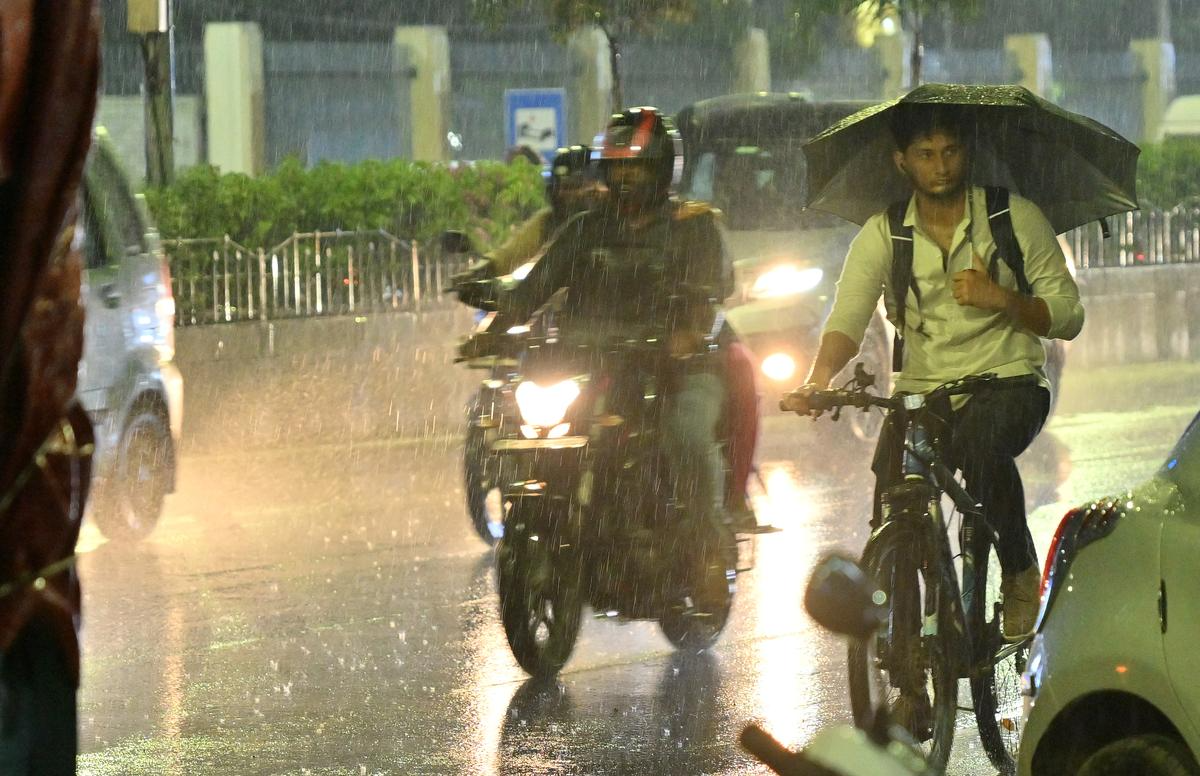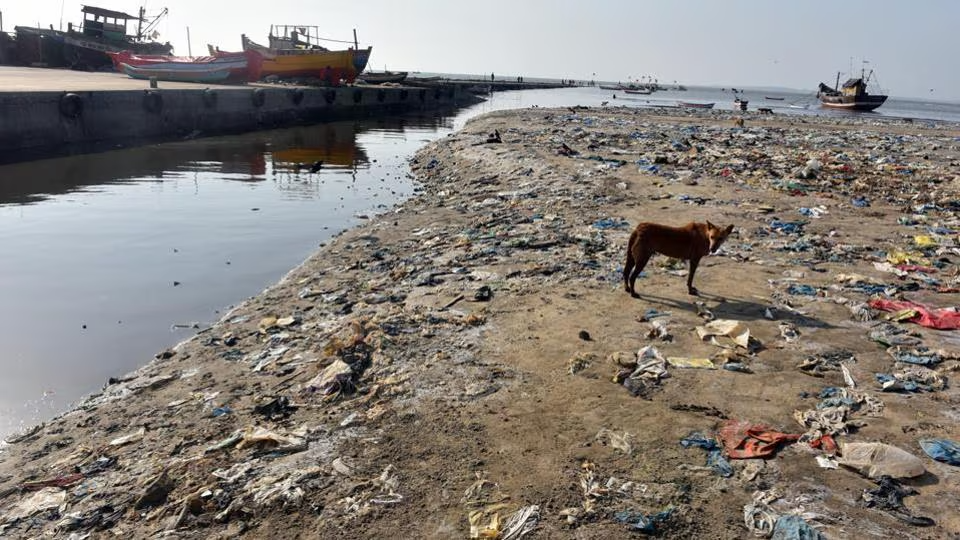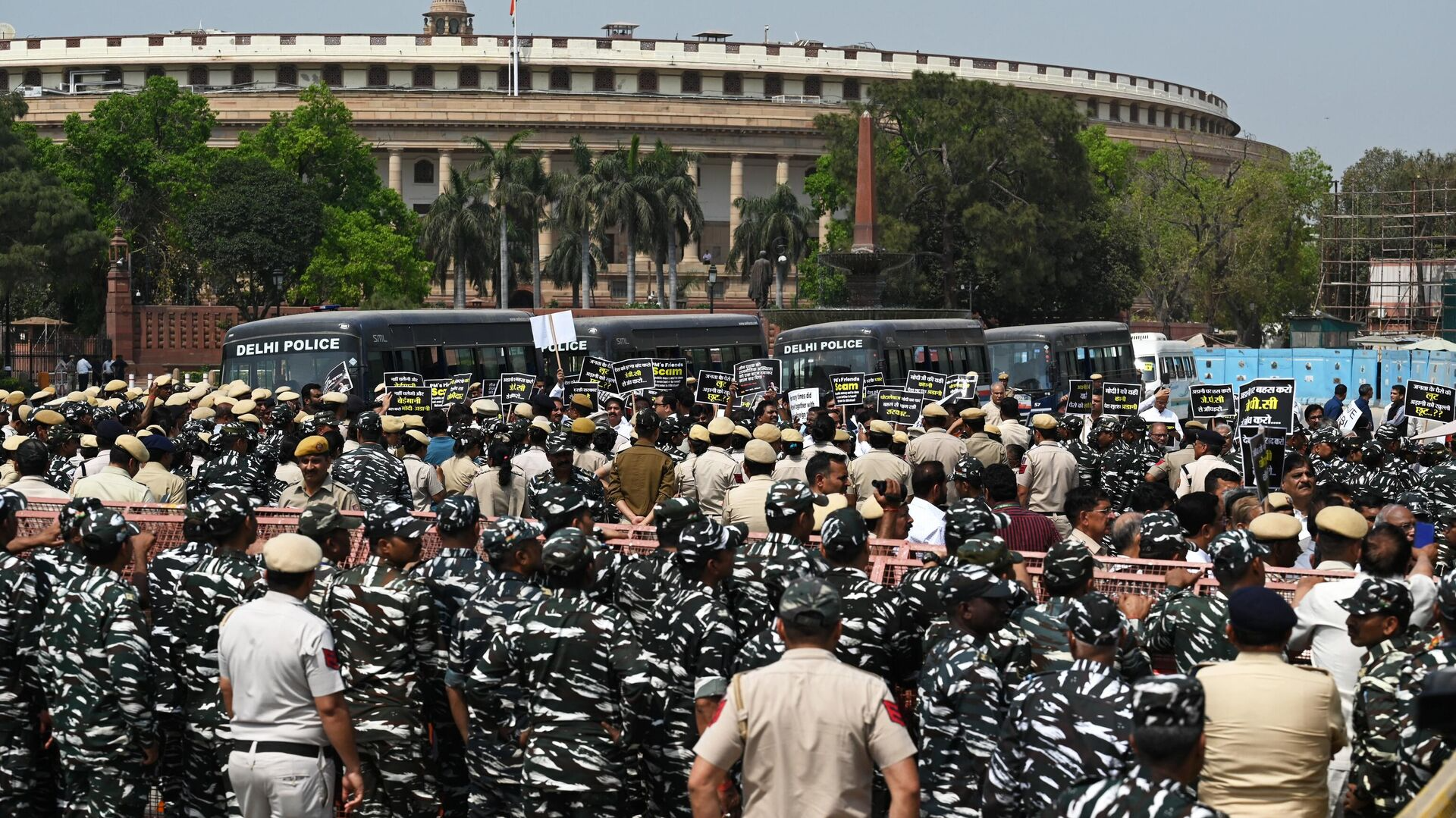Chennai Records Wettest June Day in Decade
Posted On July 11, 2025

Chennai, a city perpetually navigating the dual challenges of water scarcity and urban flooding, has witnessed an extraordinary weather event in June 2025, recording its wettest June day in over a decade. While the exact single-day rainfall figures across all observatories are still being meticulously compiled by the India Meteorological Department (IMD) for the entire month, preliminary data and widespread reports confirm that a particular 24-hour period in late June delivered an unprecedented deluge. This intense downpour, atypical for the usually drier month of June which marks the onset of the Southwest Monsoon in other parts of India, has severely tested the city's infrastructure and underscored its vulnerability to extreme weather events amplified by climate change.
Historically, Chennai receives the bulk of its rainfall during the Northeast Monsoon, which typically spans from October to December. June, on the other hand, usually experiences relatively lower rainfall, averaging around 6 cm as per IMD data, often characterized by scattered showers or isolated thunderstorms as the city transitions from its hot summer months. The unexpected intensity and volume of rain witnessed on this specific day in June 2025 therefore represent a significant meteorological anomaly, raising concerns among residents and urban planners alike about changing weather patterns and their impact on coastal metropolises.
The sheer volume of rain that lashed Chennai in that 24-hour window led to immediate and widespread disruption. Low-lying areas, perennial hotspots for waterlogging, were submerged, bringing traffic to a standstill across major arterial roads. Commuters faced severe difficulties, with several underpasses becoming impassable and local train services experiencing delays due to water accumulating on tracks. The sudden inundation forced the closure of many schools and businesses, impacting daily life and economic activity. Power outages were reported in various localities as a precautionary measure or due to faults caused by the heavy downpour, further adding to the distress of the residents.
The infrastructure of Chennai, despite ongoing efforts to mitigate flooding, once again found itself under immense strain. The city's stormwater drainage system, while undergoing significant upgrades and expansion projects, proved insufficient to handle the extraordinary volume of rainwater in such a short span. Experts and urban planners have long pointed to a combination of factors contributing to Chennai's persistent urban flooding problem-
Rapid and Unplanned Urbanization- The unchecked expansion of the city, often involving the concretization of open spaces and the encroachment upon natural water bodies, lakes, and marshlands (which historically acted as natural sponges), severely hampers the ground's ability to absorb rainwater.
Inadequate Drainage Infrastructure- Much of Chennai's drainage infrastructure is old, undersized, and not designed to cope with the increased intensity of rainfall events now being observed due to climate change. Blockages from solid waste and debris further exacerbate the problem.
Low-Lying Topography- Being a coastal city with generally flat terrain, Chennai lacks a natural gradient for quick runoff, leading to water accumulation in various areas.
Impact of Climate Change- There is a growing consensus that climate change is leading to more frequent and intense short-duration rainfall events. "Flooding today isn't just about more rain, it's about intense downpours in short bursts, and the land simply can't empty the water fast enough," as highlighted by meteorologists.
In response to past flood experiences, particularly the devastating floods of 2015 and more recent events like Cyclone Michaung in December 2023, the Greater Chennai Corporation (GCC) and the state government have initiated several major projects focused on improving stormwater drainage networks. Throughout 2024 and extending into 2025, significant investments have been made in laying new drains, desilting existing ones, and restoring water bodies. For instance, in May 2025, Deputy Chief Minister Udhayanidhi Stalin held a high-level meeting to review Chennai's monsoon preparedness, urging officials to expedite stormwater drain works and enhance inter-departmental coordination. Despite these proactive measures, the June 2025 downpour exposed the sheer scale of the challenge and the need for even more resilient and comprehensive solutions.
The experience of this wettest June day is a stark reminder of the urgent need for a multi-pronged strategy to enhance Chennai's urban resilience. This includes accelerating the completion of integrated stormwater drainage projects, implementing stricter regulations against encroachment on water bodies, promoting permeable surfaces and green infrastructure (like rain gardens and bioswales) to increase water infiltration, and developing advanced early warning systems for intense rainfall events. Furthermore, continuous public awareness campaigns on waste management to prevent drain blockages are crucial.
Beyond immediate infrastructure, the incident also underscores the broader implications of climate change on urban centers. Coastal cities like Chennai are particularly vulnerable to intensified rainfall, sea-level rise, and storm surges. Therefore, long-term urban planning must integrate climate resilience strategies, including updated building codes, flood-plain management, and potentially even nature-based solutions like wetland restoration. The unprecedented June rainfall serves as a wake-up call, emphasizing that while infrastructure upgrades are vital, a holistic approach that considers ecological balance and climate projections is indispensable for Chennai to effectively navigate its increasingly challenging weather patterns in the years to come.
Historically, Chennai receives the bulk of its rainfall during the Northeast Monsoon, which typically spans from October to December. June, on the other hand, usually experiences relatively lower rainfall, averaging around 6 cm as per IMD data, often characterized by scattered showers or isolated thunderstorms as the city transitions from its hot summer months. The unexpected intensity and volume of rain witnessed on this specific day in June 2025 therefore represent a significant meteorological anomaly, raising concerns among residents and urban planners alike about changing weather patterns and their impact on coastal metropolises.
The sheer volume of rain that lashed Chennai in that 24-hour window led to immediate and widespread disruption. Low-lying areas, perennial hotspots for waterlogging, were submerged, bringing traffic to a standstill across major arterial roads. Commuters faced severe difficulties, with several underpasses becoming impassable and local train services experiencing delays due to water accumulating on tracks. The sudden inundation forced the closure of many schools and businesses, impacting daily life and economic activity. Power outages were reported in various localities as a precautionary measure or due to faults caused by the heavy downpour, further adding to the distress of the residents.
The infrastructure of Chennai, despite ongoing efforts to mitigate flooding, once again found itself under immense strain. The city's stormwater drainage system, while undergoing significant upgrades and expansion projects, proved insufficient to handle the extraordinary volume of rainwater in such a short span. Experts and urban planners have long pointed to a combination of factors contributing to Chennai's persistent urban flooding problem-
Rapid and Unplanned Urbanization- The unchecked expansion of the city, often involving the concretization of open spaces and the encroachment upon natural water bodies, lakes, and marshlands (which historically acted as natural sponges), severely hampers the ground's ability to absorb rainwater.
Inadequate Drainage Infrastructure- Much of Chennai's drainage infrastructure is old, undersized, and not designed to cope with the increased intensity of rainfall events now being observed due to climate change. Blockages from solid waste and debris further exacerbate the problem.
Low-Lying Topography- Being a coastal city with generally flat terrain, Chennai lacks a natural gradient for quick runoff, leading to water accumulation in various areas.
Impact of Climate Change- There is a growing consensus that climate change is leading to more frequent and intense short-duration rainfall events. "Flooding today isn't just about more rain, it's about intense downpours in short bursts, and the land simply can't empty the water fast enough," as highlighted by meteorologists.
In response to past flood experiences, particularly the devastating floods of 2015 and more recent events like Cyclone Michaung in December 2023, the Greater Chennai Corporation (GCC) and the state government have initiated several major projects focused on improving stormwater drainage networks. Throughout 2024 and extending into 2025, significant investments have been made in laying new drains, desilting existing ones, and restoring water bodies. For instance, in May 2025, Deputy Chief Minister Udhayanidhi Stalin held a high-level meeting to review Chennai's monsoon preparedness, urging officials to expedite stormwater drain works and enhance inter-departmental coordination. Despite these proactive measures, the June 2025 downpour exposed the sheer scale of the challenge and the need for even more resilient and comprehensive solutions.
The experience of this wettest June day is a stark reminder of the urgent need for a multi-pronged strategy to enhance Chennai's urban resilience. This includes accelerating the completion of integrated stormwater drainage projects, implementing stricter regulations against encroachment on water bodies, promoting permeable surfaces and green infrastructure (like rain gardens and bioswales) to increase water infiltration, and developing advanced early warning systems for intense rainfall events. Furthermore, continuous public awareness campaigns on waste management to prevent drain blockages are crucial.
Beyond immediate infrastructure, the incident also underscores the broader implications of climate change on urban centers. Coastal cities like Chennai are particularly vulnerable to intensified rainfall, sea-level rise, and storm surges. Therefore, long-term urban planning must integrate climate resilience strategies, including updated building codes, flood-plain management, and potentially even nature-based solutions like wetland restoration. The unprecedented June rainfall serves as a wake-up call, emphasizing that while infrastructure upgrades are vital, a holistic approach that considers ecological balance and climate projections is indispensable for Chennai to effectively navigate its increasingly challenging weather patterns in the years to come.










